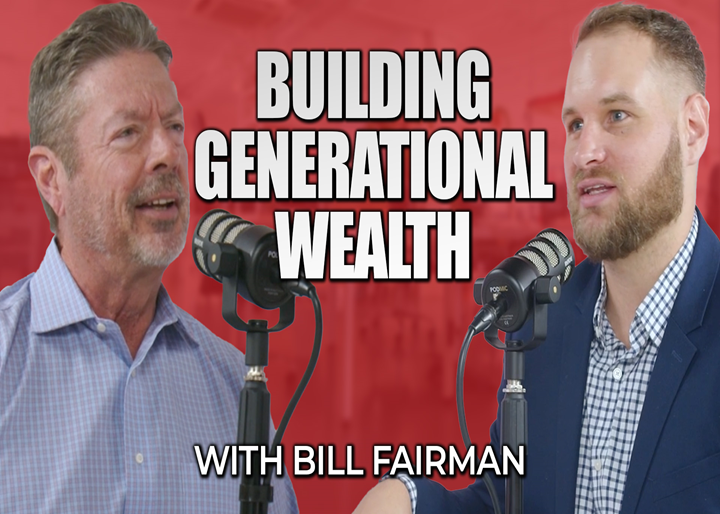Secrets to Building Generational Wealth in Real Estate
Bill Fairman is a national speaker, best-selling author, and serial entrepreneur with over 30 years of experience in the mortgage banking industry. Over the years, Bill has made his mark in real estate as a fund manager by helping high net worth individuals grow their wealth and today, he is focused on providing education for individuals who want to create their legacy and build generational wealth. Listen to this episode
Read More









